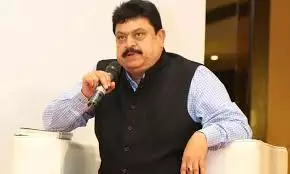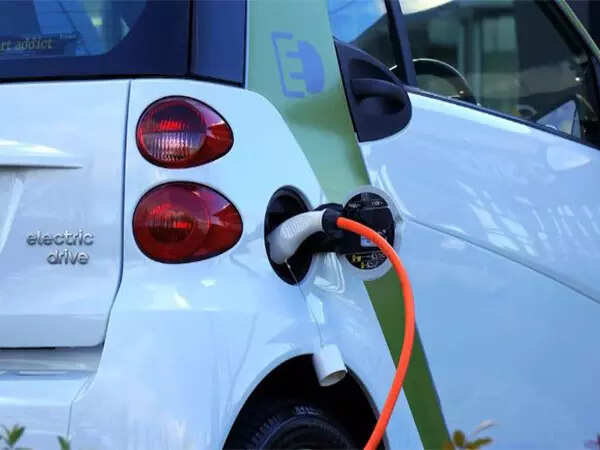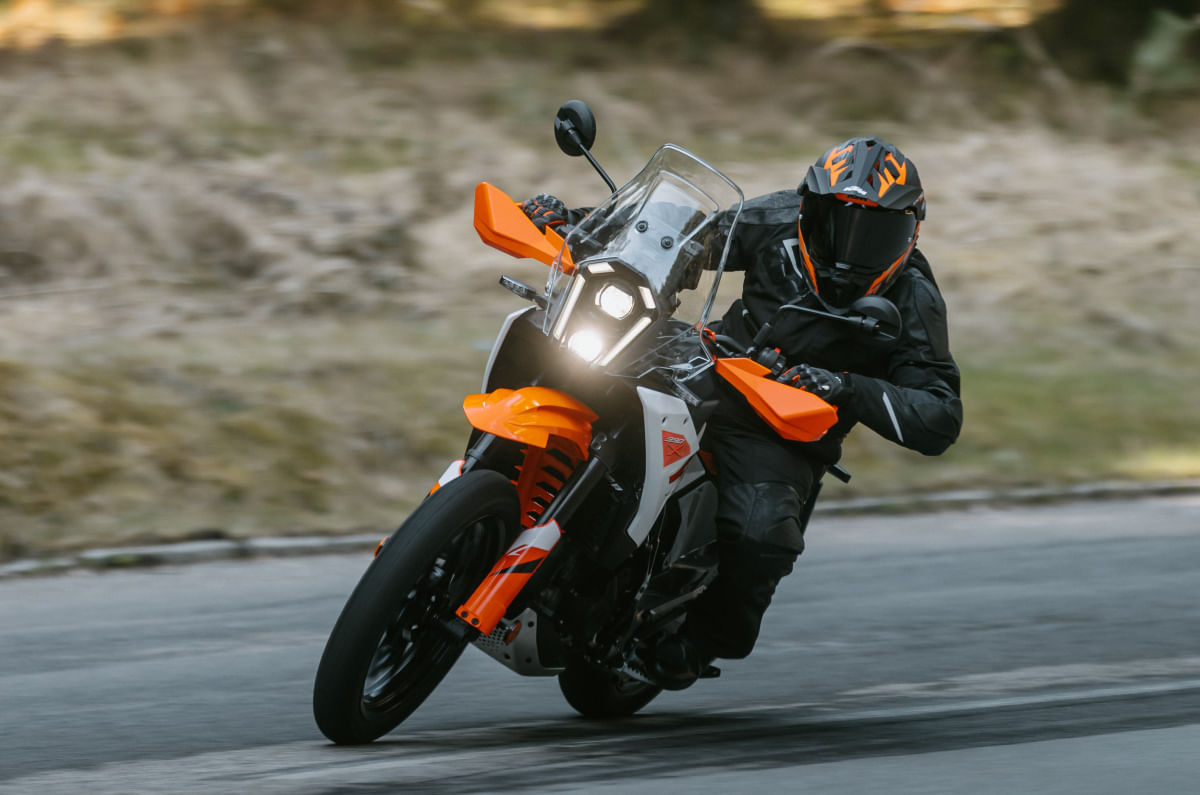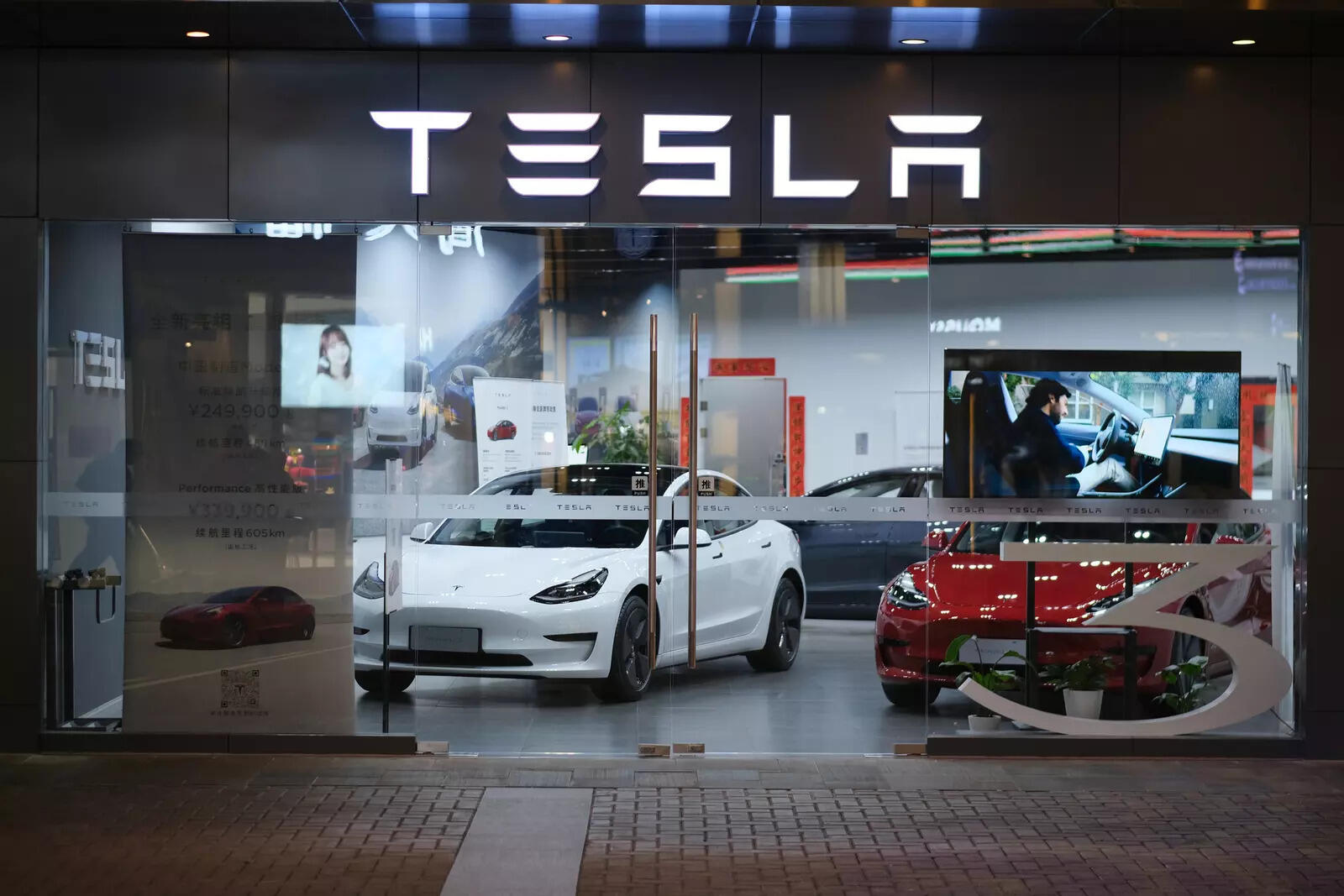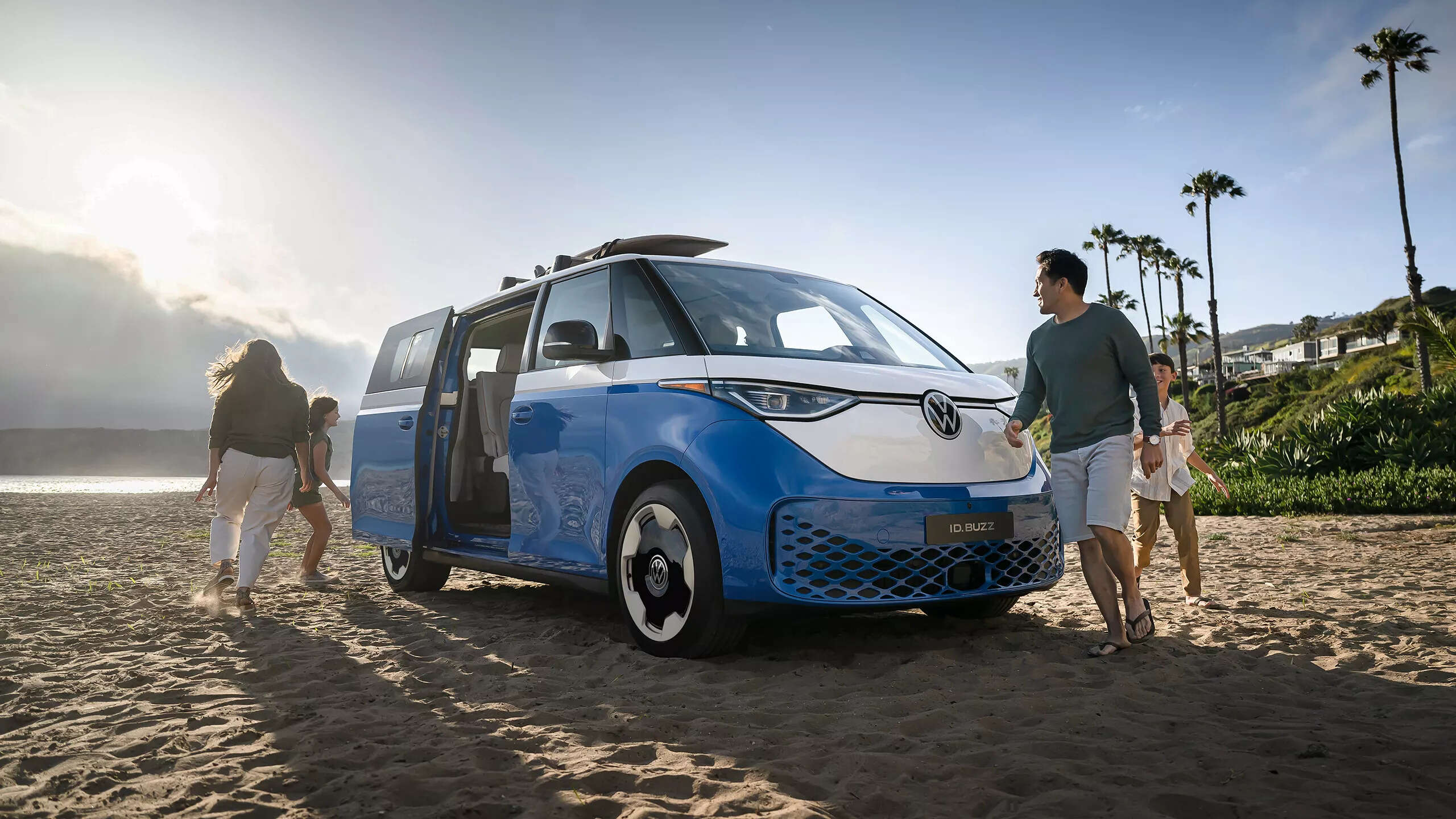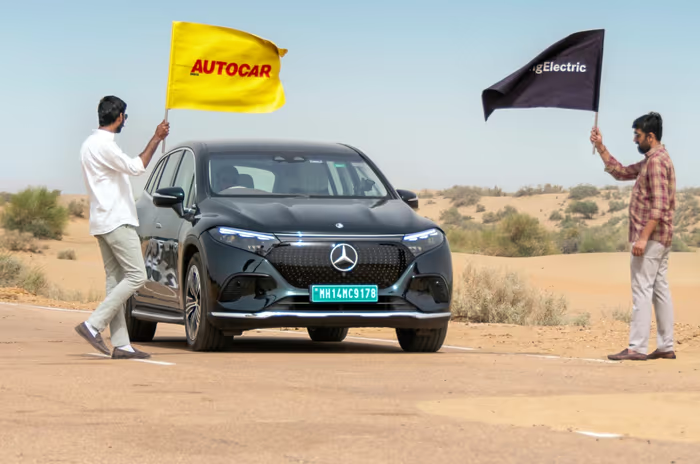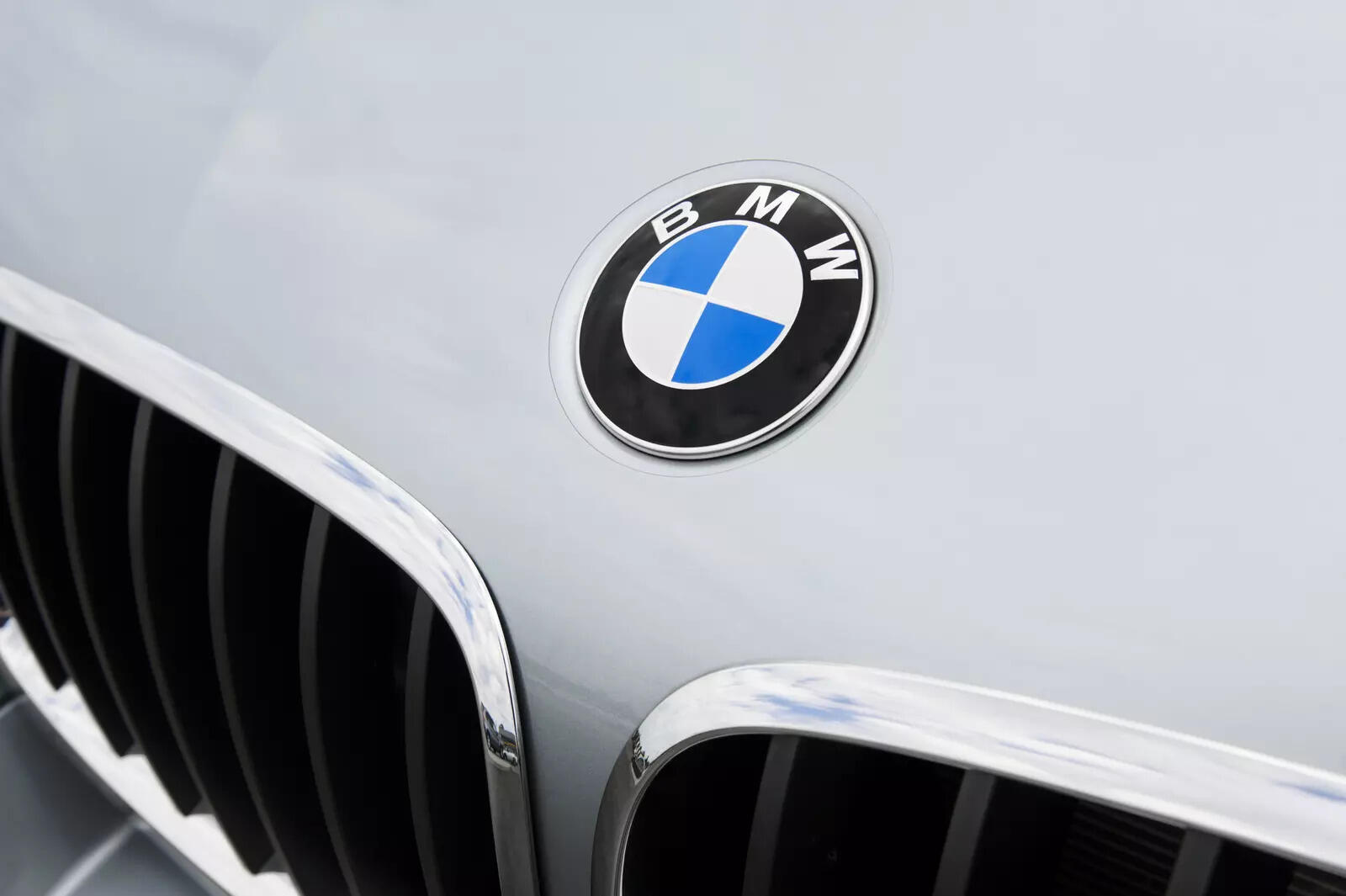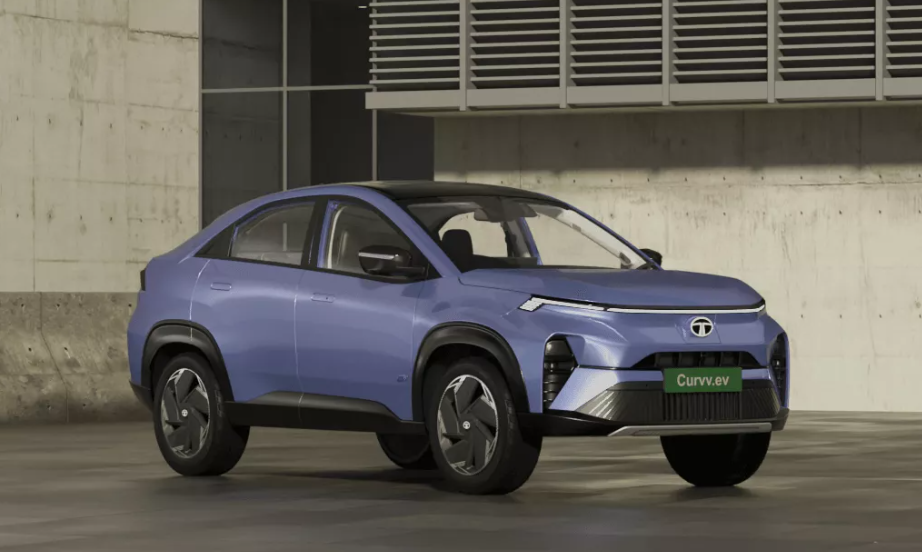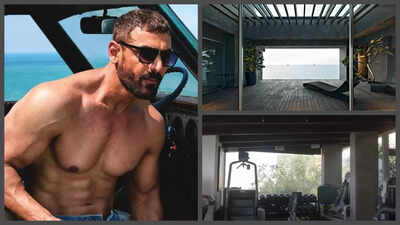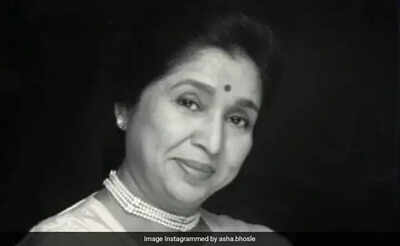From a scorching 47.5 in Rajasthan to a frigid -3.7 in Ladakh, here is the story of how we set a new GUINNESS WORLD RECORDS™ title for the Greatest Temperature Change achieved by an Electric Production Car.
India is a land of extremes – from barren deserts to dense green forests, snow-capped mountains to sandy shores of the deep blue sea, scorching heat to frigid cold, and everything in between. It’s a land of staggering contrasts, breathtaking to witness but punishing for both man and machine. For any vehicle – ICE or EV – this country offers the ultimate test: surviving extreme temperatures, navigating rough terrain, and dealing with the consequences of climate change.
After our last GUINNESS WORLD RECORDS title with the Mercedes-Benz EQS 580 for the Longest journey by an electric car on a single charge – a staggering 949km – it became clear that range anxiety was no longer the dominant concern with EVs. But other unknowns remain, chief among them being charging infrastructure and durability in extreme conditions. Can batteries hold up in intense heat and frigid cold? That became our inspiration – to chase a new GUINNESS WORLD RECORDS title for the Greatest Temperature Change achieved by an Electric Production Car.
Best laid plans
Mercedes-Benz EQS SUV 450 Guinness World Records title: planning for success
“Obviously, Rajasthan – it doesn’t get hotter than that,” said Rahul Kakar, Autocar India’s manager, Special Projects, when we were deciding on our starting point. From there, the plan was to head north to Khardung La in Ladakh, 5,359m above sea level. It would give us the best shot at encountering sub-zero temperatures. We could have done this in two parts – Jaisalmer in summer, Ladakh in winter – but that would’ve been too easy. We chose to do this in a single journey to highlight the robustness of modern EVs and also to showcase the dramatic climatic diversity that India offers at any given time.

With a 122kWh battery pack, the EQS 450 SUV has a real-world range of over 600km.
Picking a car for this was easy. In fact, it was already part of the Autocar long-term fleet – the Mercedes-Benz EQS 450 SUV. With a battery capacity of 122kWh and a real-world range of over 600km, it would comfortably cover our daily legs. But it was not going to be easy. The HVAC would be running overtime – first to cool, then to heat – draining the battery. Charging speeds would probably be throttled back at the extremes. Between 15 and 35 degrees is where batteries are happiest; above or below that range, charging and discharging speeds aren’t optimal. Then there’s the worry of power cuts and virtually no public chargers in Ladakh. But we had Rahul Kakar behind the wheel, and if anyone could squeeze every last kilometre from a charge, it was him. Planning the route took meticulous effort – charging stops, elevations, road conditions and, of course, expected temperatures. But as always, the Indian weather had its own plans.
Into the fire
Mercedes-Benz EQS SUV 450 Guinness World Records title: Jaisalmer to Jaipur
“You’ve come at the right time – I haven’t seen Jaisalmer this hot in years,” said Udaybhan Singh, one of our local witnesses. Encouraging news, but to find the highest temps possible, we headed towards the village of Ranao on the outskirts. Here, we set up our temperature gauge and waited under the blistering sun. Our crew is very accustomed to the heat, but this was different. Even under a protective layer, you could feel your skin sizzling. The ground was so hot you couldn’t stand still for more than a few seconds.
But we persevered. As the clock struck 3 PM, the mercury settled at a searing 47.5°C. Our witnesses signed off on the reading, and just like that, we had one end of our spectrum recorded. We were then flagged off to begin our long journey in search of the lowest temperatures we could find.
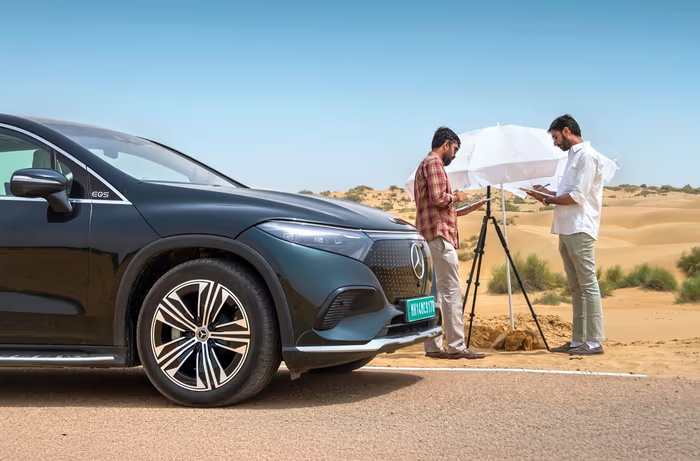
Our witnesses verifying the scorching 47.5°C recorded by the temperature gauge in Ranao, Rajasthan.
Our first halt was Jaisalmer city for the night, followed by a 270km drive to Jodhpur. This distance was barely a bother to the EQS’ fully charged battery. We weren’t exactly driving to conserve energy either – AC at full blast, ventilated seats on, music up. From the comfort of the EQS, the effects of climate change were all too apparent. Just a few days earlier, Jodhpur had received unseasonal rain – now it was back to punishing heat.
Our next stop, Jaipur, offered little respite from the heat. But Rajasthan had its advantages – great roads and a decent charging network. Whether it was the B-roads from Jaisalmer to Jodhpur or the expressway from Ajmer to Jaipur, everything was smooth and well-marked. And all major cities had reliable 30kW and even 60kW public chargers – a luxury we’d soon miss.
Straight shooting
Mercedes-Benz EQS SUV 450 Guinness World Records title: Jaipur to Zirakpur
“Will it make it that far? With the expressway and all?” asked Cyrus, our producer, referring to the NH152D or Trans Haryana Expressway between us and Zirakpur. Rahul and I nodded confidently – the 430km from Jaipur to Zirakpur was well within the EQS’ range. What surprised us was how much it had left after the journey. Despite running 430km – most of it at triple-digit speeds, AC running at max, seat ventilation on, music blasting on the Burmester stereo – the EQS arrived with 35 percent battery remaining. Theoretically, that meant we could have driven another 230km – a total of 660km on one charge! Incredible.
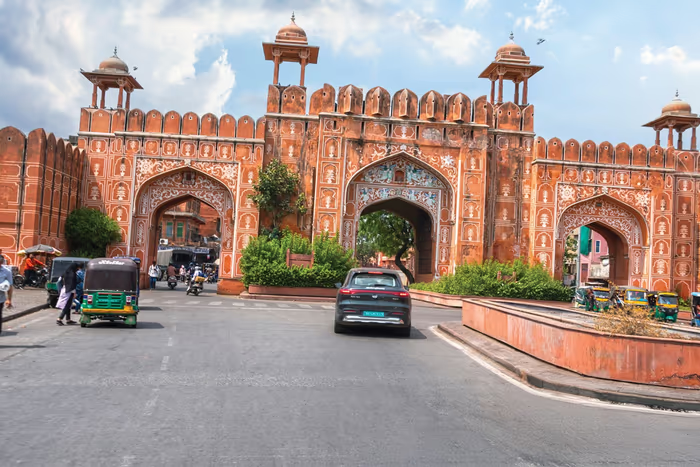
Temperatures in Jaipur regularly breached 40°C.
But we didn’t push our luck. Charging outside major cities is patchy. Until now, all our hotels had in-house chargers, but our hotel at Zirakpur didn’t. There was a charger nearby, but being the only one for miles, it had a couple of cars already in line. Here, our long wait began. When our turn came, the charger kept cutting out, needing troubleshooting each time. It goes to show that while chargers are widespread, things aren’t as seamless as they should be.
Forecast: unpredictable
Mercedes-Benz EQS SUV 450 Guinness World Records title: Zirakpur to Jalandhar
“The umbrellas are in the car,” I nervously said to Rahul as we stood in the hotel lobby, watching the EQS across the parking lot getting drenched by a torrential downpour. Our departure to Jammu would have to wait a bit. While we slept, the skies had opened up – a welcome break from the heat. Temperatures hovered in the mid-20s as we rolled through Chandigarh, but it didn’t last long.
The clouds parted as we entered Punjab, bringing back the heat. During our lunch stop, we recorded an astonishing 38°C. However, Punjab seemed very well prepared for the heat wave. Every few kilometres, stalls outside Gurudwaras handed out refreshments to thirsty travellers, and restaurants had fans blowing a mist to cool off patrons.
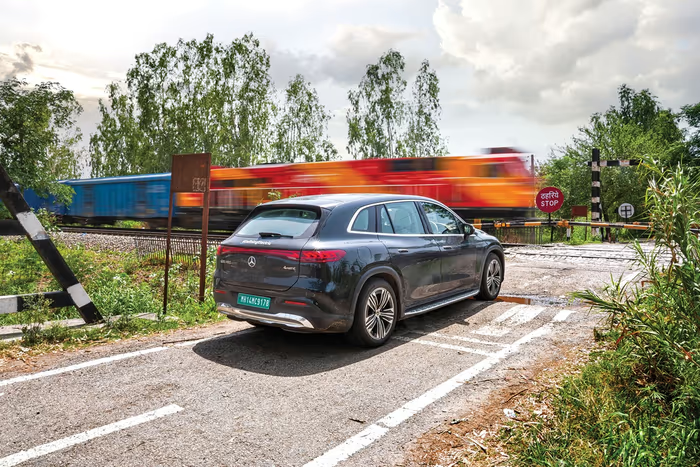
The only thing we encountered with more torque than the EQS.
These fluctuating temperatures were taking a toll on us, but the EQS was unfazed. The AC always cooled the cabin quickly, but more importantly, the battery pack’s thermal management system meant that the range was never noticeably affected by the outside temps. The EV powertrain heating and cooling circuits ensure the powertrain is at the optimal operating temperature, while a separate cooling circuit manages the high-voltage battery. In extreme heat, coolant is circulated to cool the battery and optimise it for fast charging. Conversely, a high-voltage booster heater warms the battery to a temperature favourable for operation or for fast charging in temperatures below 10°C – a feature that would be very handy where we were heading next.
We don’t need roads!
Mercedes-Benz EQS SUV 450 Guinness World Records title: Jalandhar to Srinagar
“Be careful, sir, the roads are very rough – Benz gaadi ke liye nahi hai,” said the restaurant manager at our lunch stop in Jalandhar. He wasn’t kidding. Roads in Jammu and Kashmir were in a state of disrepair – they had far more pressing matters to deal with at the time.
After dodging a few diversions, we drove into Jammu and immediately began the hunt for a charger. Google Maps and PlugShare showed two nearby, both of which were nowhere to be found in reality. When it was looking like we would have to resort to using our 16-amp plug-in charger, a star glimmered in the distance – a three-pointed star. It was a brand-new Mercedes-Benz showroom outside, which had a brand-new 120kW fast charger; the fastest we’d see on our journey. While it was operational, it required a bit of coaxing to connect to its network, which the kind staff were all too happy to do.
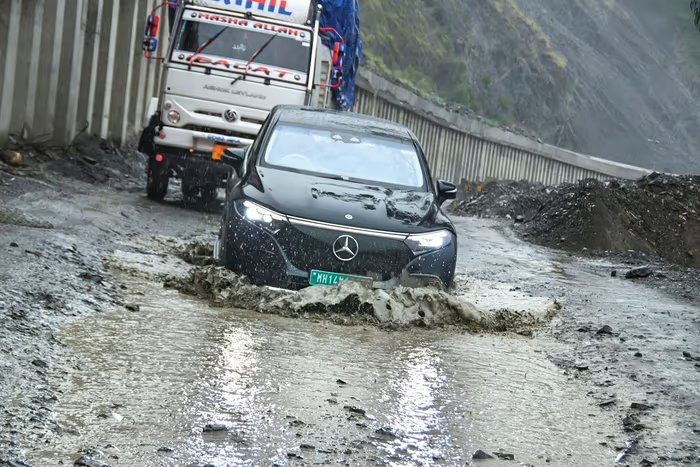
The EQS’ air suspension and its ability to raise its ride height came in handy on roads like this.
The next morning, the weather had taken a turn for the worse as we departed for Srinagar. Heavy rains and falling rocks pummeled the twisty mountain roads, leaving them with craters, and the many diversions were now slush pits. Inside the EQS, though, it was serene. With the air suspension raised, the SUV crawled through everything we threw at it without ever threatening to scrape its belly. The rain had brought the temperature down to a nippy 18°C in Srinagar. But in this region, rain here meant snow higher up – specifically, Zoji La on our route to Kargil. Nothing we could do but keep an eye on the forecast.
Risky business
Mercedes-Benz EQS SUV 450 Guinness World Records title: Srinagar to Kargil
“Have you heard about Zoji La? There was an avalanche last night,” the owner of our homestay in Srinagar informed us at breakfast. Cyrus and Rahul made calls to their local contacts while I checked social media for news. Sure enough, I found a scary video of a tourist vehicle nearly getting swept away by the avalanche. Thankfully, there weren’t any injuries, and the BRO was at work clearing the pass. All we could do was wait it out.
By noon, we had to take a call – stay another night or head to Sonamarg and wait closer to the pass. Just as it looked like we would be staying put, word came in that the pass was clear but only until sunset. We sprang into action.
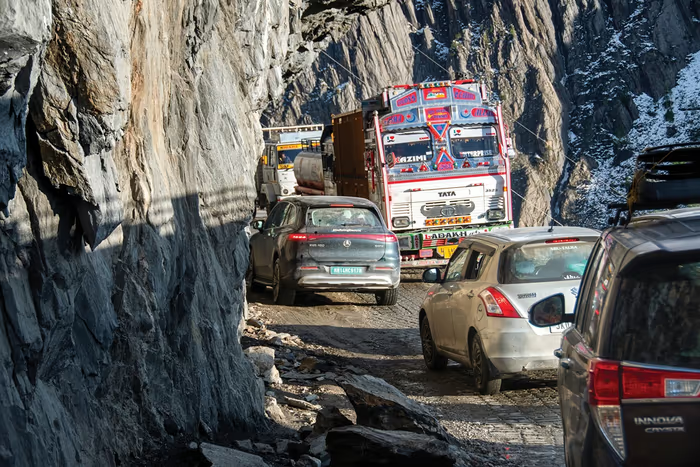
Traffic jam at 3,528m – Zoji La was chock-a-block thanks to an avalanche.
We made our way out of town, picked up the pace as we neared Sonamarg, but unfortunately, at the threshold of the ascent to Zoji La, disaster struck – a puncture at the most inopportune moment. With no desire to risk the space saver on mountain roads, we sent the tyre to Sonamarg for repairs. This ordeal cost us a couple of hours we didn’t have. Making our way up Zoji La, the severity of the avalanche became clear. Snow banks twice the height of the EQS lined the cleared path. To make matters worse, hundreds of trucks stuck overnight on the other side were let through. Dodging them and falling rocks made this the most nerve-racking stretch yet – but more surprises awaited in Ladakh.
Deep freeze
Mercedes-Benz EQS SUV 450 Guinness World Records title: Kargil to Leh
“I can’t believe I’m hoping for bad weather,” joked Rahul. The temperatures in Kargil were threatening to drop into single digits, but that wasn’t cold enough – it would need to be a lot colder for our record. Despite the ascent, the EQS managed the 227km drive from Srinagar to Kargil with 53 percent battery remaining. This efficiency was going to be key, as from here on, there were no public chargers. The portable charger was painfully slow, meaning despite an overnight charge, we would not have a full battery for our drive up to Leh.
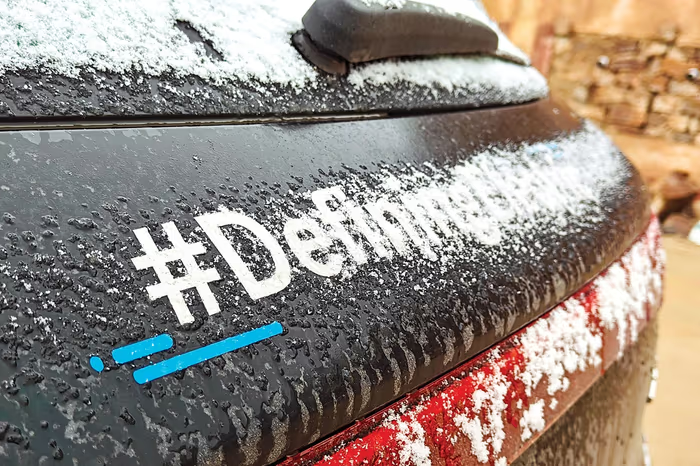
The EQS got a dusting of snow at Khardung La, lowering temps to -3.7°C.
The EQS had pretty much done its bit – now it was up to us to time our climb up to Khardung La to perfection. Incessant snowfall at the top had shut the pass on the night we arrived in Leh. The next morning, we inquired with the meteorological department to find out when it would be the coldest. They informed us that midnight to 3 AM was the coldest – but authorities wouldn’t let us up then due to the threat of avalanches. And the forecast said temperatures would rise sharply the next day. We had a brief window – and had to grab it. We made our way up Khardung La late in the afternoon where we were greeted with closed barriers at the South Pullu checkpost. The authorities were not letting any vehicles up to Khardung La top.
Almost there
Mercedes-Benz EQS SUV 450 Guinness World Records title: Leh to Khardung La
“See that tower? Go till there and come back. 20 minutes, no more!” said the police officer sternly. After much pleading and pointing out that the EQS was an AWD vehicle, he permitted us to drive up halfway to a point where we would still be visible from the checkpost.

A new GUINNESS WORLD RECORDS title. 51.2°C – the Greatest Temperature Change Achieved by an Electric Production Car.
The sun had set, and the temperature was dropping. Stepping out of the warm EQS, it was quite apparent we were now into the minus, but would the temperature gauge concur? We set up the apparatus and waited as the numbers on the display gradually dropped with each passing minute before finally settling at -3.7°C. The adjudicator verified the reading and made a declaration: “It’s a new GUINNESS WORLD RECORDS title. 51.2°C – the Greatest Temperature Change Achieved by an Electric Production Car.” The crew and the EQS had been through hell to achieve this figure, but we were now proud holders of a GUINNESS WORLD RECORDS title – one that highlights our quest for adventure and the robustness of the modern electric vehicle.
Also See:




